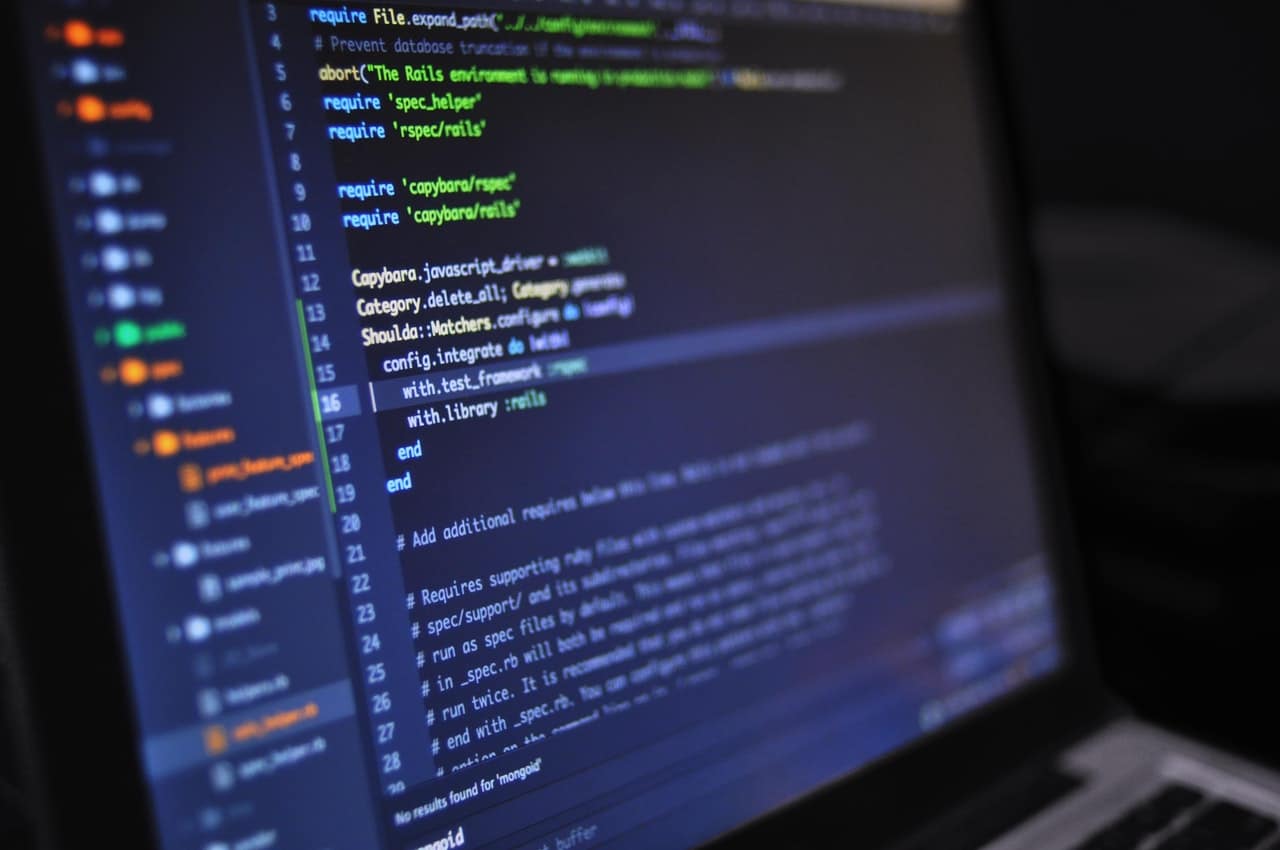Python logging is important because it helps you to keep close track of all the events occurring as your code executes. You can then use the information generated to help you during the debugging process. It gives you a detailed picture of how the application flows and helps you to get to the root of errors, which makes it much easier for you to maintain your code.
You don’t have to go looking too far to find logging features in Python because most of them are a part of the standard library. You can add logging to your application easily without having to go through a lot of additional configurations. The standard logging module gives you the opportunity to add status messages on virtually any output stream you wish.
IMAGE: PEXELS
The Standard Logging Module
You will find this module in any Python environment, and it comes with a default logger called the root. It has all the classes and functions that make logging functionality possible. The application programming interface (API) itself has been designed in such a way as to make it easy for you to write your own message into the application log as well as integrate them with any external modules. You also get to annotate your messages with such things as the timestamp, source and various other kinds of metadata, which helps you when you’re analyzing your logs later.
The Logging Types You Need To Know About
Each message that comes on the log has a severity level, which is in integer form and shows how critical the event that has been logged is. For each log level, there is also a helper function, which is named in accordance with the log level:
- Debug function: This function gives you a very detailed output and is helpful when you are performing a diagnosis
- Information: This function gives you information whenever your code executes successfully and confirms if everything is working according to plan
- Warning: This function gives you warnings of problems you might have in the future or a fault that you can correct at the moment
- Error: The error function indicates when the code is not executing according to plan, meaning there is a problem with the software
- Critical: The critical function is like the error function but only indicates the most serious errors that are likely to stop the code from executing entirely
The root logger is set up by default to report all messages whose severity level is above “Warning.” Anything below that level will be filtered. You do, however, can configure the logging module in an explicit manner so that it can be either more selective or less selective in the way it filters.
If you would like to add the logging module to your Python script, use the “import” command as import logging, and it will appear in your script. Thereafter you can use the “logging.*” command to call methods, such as the “logging.debug()” method.
A Word On Logger Objects
You can create many different logger objects using the logging module. Different types of these objects can give you even more control of how messages get logged by different components of a Python program. The main app, for example, could use the root logger while any external third-party libraries have their own objects and configurations.
When you’re using the root logger, you can call functions directly. However, you can also create objects of your own in the logger class in case your program is making use of several different modules. Here are some of the classes you can find in the logging module:
- Logger: This class shows the interface that the program is using; the objects here can call the functions in the program directly
- Handler: This class will send log messages to the right places in the program, such as files, hypertext transfer protocol, email or standard output console
- Filter: This class will give you finer control over which log records you get to display
- Formatter: This class will allow you to specify how the log records are laid out in the end, including what attributes should be included in the output
The most frequently used of these classes is the logger class. You can create a new logger using the getLogger() method, and it will indicate messages on the standard output, showing the source of the message and an additional message based on how the logger object was configured.
There is much more to learn about Python logging, including how to configure logger objects, but the above information is a good place to start to get an understanding of how it works.
If you are interested in even more technology-related articles and information from us here at Bit Rebels then we have a lot to choose from.


COMMENTS